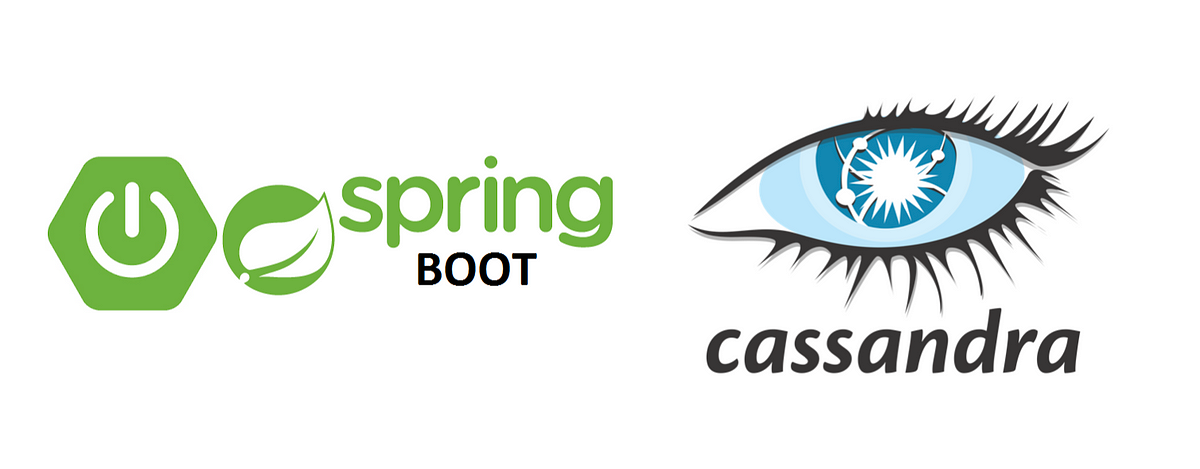Step 2: Goto this downloaded folder and run this project to see everything is setup correctly.
Step 3: Add Employee.java file. it is resource entity which also defines table in db
package com.example.demo.model;import org.springframework.data.cassandra.core.mapping.PrimaryKey;
import org.springframework.data.cassandra.core.mapping.Table;
import lombok.AllArgsConstructor;
import lombok.Getter;
import lombok.NonNull;
import lombok.Setter;
@AllArgsConstructor
@Getter @Setter
@Table
public class Employee {
@PrimaryKey
private @NonNull String id;
private @NonNull String firstName;
private @NonNull String lastName;
private @NonNull String email;
}
Step 4: Add EmployeeRepository.java, this will provide default implementations of actions possible with database.
package com.example.demo.repository;import org.springframework.data.repository.CrudRepository;import com.example.demo.model.Employee;public interface EmployeeRepository extends CrudRepository<Employee, String> {
}
Step 5: Add EmployeeController.java, this will integrate our rest api with repository and perform the CRUD operations.
package com.example.demo.controller;import java.util.ArrayList;
import java.util.List;
import java.util.Optional;
import java.util.Random;
import org.springframework.beans.factory.annotation.Autowired;
import org.springframework.web.bind.annotation.*;
import com.example.demo.model.Employee;
import com.example.demo.repository.EmployeeRepository;
@RestController
public class EmployeeController
{
@Autowired
EmployeeRepository employeeRepository;
@GetMapping(value = "/healthcheck", produces = "application/json; charset=utf-8")
public String getHealthCheck()
{
return "{ \"isWorking\" : true }";
}
@GetMapping("/employees")
public List<Employee> getEmployees()
{
Iterable<Employee> result = employeeRepository.findAll();
List<Employee> employeesList = new ArrayList<Employee>();
result.forEach(employeesList::add);
return employeesList;
}
@GetMapping("/employee/{id}")
public Optional<Employee> getEmployee(@PathVariable String id)
{
Optional<Employee> emp = employeeRepository.findById(id);
return emp;
}
@PutMapping("/employee/{id}")
public Optional<Employee> updateEmployee(@RequestBody Employee newEmployee, @PathVariable String id)
{
Optional<Employee> optionalEmp = employeeRepository.findById(id);
if (optionalEmp.isPresent()) {
Employee emp = optionalEmp.get();
emp.setFirstName(newEmployee.getFirstName());
emp.setLastName(newEmployee.getLastName());
emp.setEmail(newEmployee.getEmail());
employeeRepository.save(emp);
}
return optionalEmp;
}
@DeleteMapping(value = "/employee/{id}", produces = "application/json; charset=utf-8")
public String deleteEmployee(@PathVariable String id) {
Boolean result = employeeRepository.existsById(id);
employeeRepository.deleteById(id);
return "{ \"success\" : "+ (result ? "true" : "false") +" }";
}
@PostMapping("/employee")
public Employee addEmployee(@RequestBody Employee newEmployee)
{
String id = String.valueOf(new Random().nextInt());
Employee emp = new Employee(id, newEmployee.getFirstName(), newEmployee.getLastName(), newEmployee.getEmail());
employeeRepository.save(emp);
return emp;
}
}
Step 6: update application.properties to have cassandra properties
//server port
server.port = 8082
//cassandra properies
spring.data.cassandra.keyspace-name=mykeyspace
spring.data.cassandra.contact-points=localhost
spring.data.cassandra.port=9042
spring.data.cassandra.schema-action=create_if_not_exists
Now run your project again as step 2 and perform CRUD operations.
#get all employees
curl -X GET \
http://localhost:8082/employees \
-H 'Cache-Control: no-cache'
#get employee by ID
curl -X GET \
http://localhost:8082/employee/729280953 \
-H 'Cache-Control: no-cache'
#update employee by ID
curl -X PUT \
http://localhost:8082/employee/729280953 \
-H 'Cache-Control: no-cache' \
-H 'Content-Type: application/json' \
-d '{
"id": "729280953",
"firstName": "ankit",
"lastName": "gupta",
"email": "testankit@gmail.com"
}'
#delete employee by ID
curl -X DELETE \
http://localhost:8082/employee/980694165 \
-H 'Cache-Control: no-cache' \
-H 'Content-Type: application/x-www-form-urlencoded'
#create employee
curl -X POST \
http://localhost:8082/employee \
-H 'Cache-Control: no-cache' \
-H 'Content-Type: application/json' \
-d '{
"id": 3,
"firstName": "ankit",
"lastName": "gupasd1",
"email": "test@gmail.com"
}'
Where next? you might want to read my other quick-start stories.




